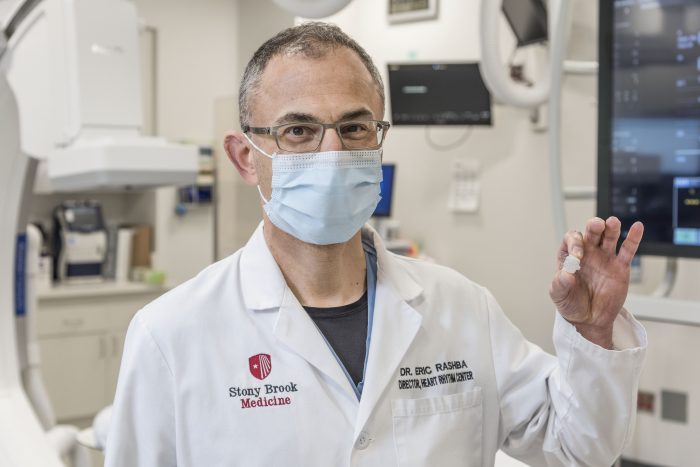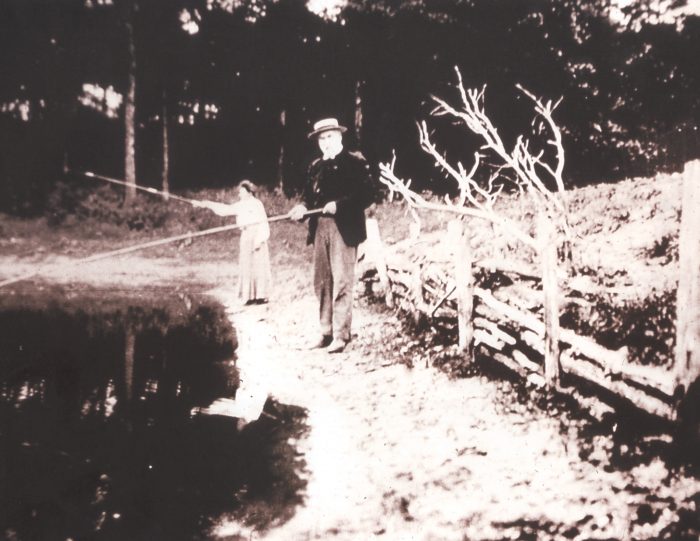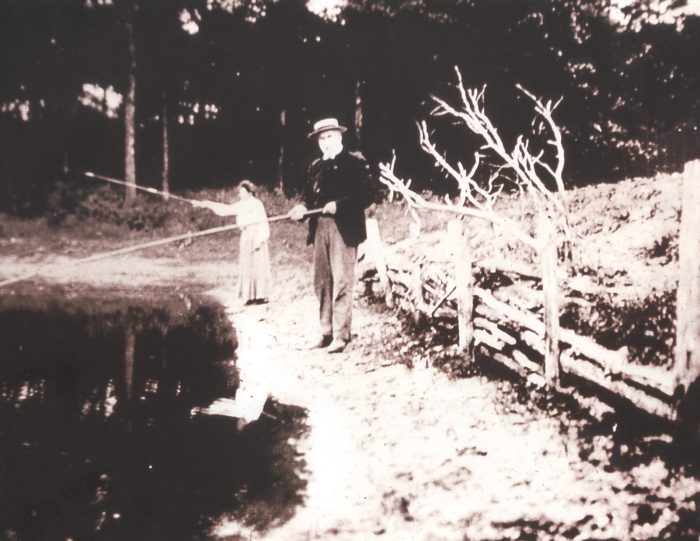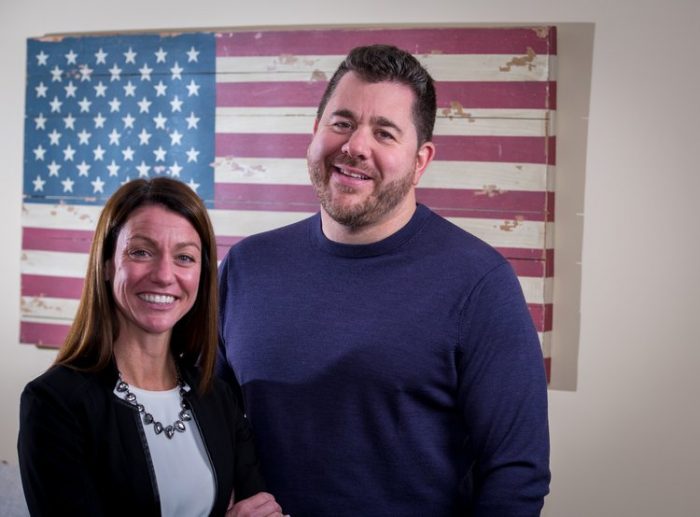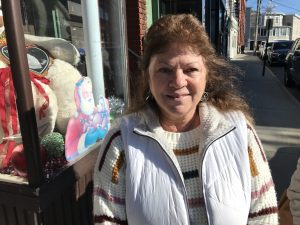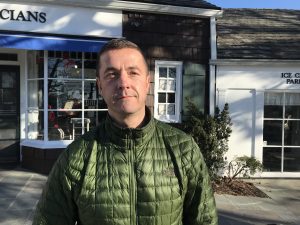By Daniel Dunaief

When my daughter was young, one of her favorite songs was “Old MacDonald.” Maybe she loved it because it was a song about farm animals and we lived in Manhattan, where most of our non-human wildlife consisted of squirrels and pigeons.
When she was an infant, she could make an incredibly convincing pigeon coo, thanks to hearing them all day long outside her window.
Maybe she also liked the song because, unlike Bette Middler’s “The Rose” and “One” from “A Chorus Line,” my wife and I couldn’t butcher the relatively simple melody with our unimpressive singing skills.
Anyway, she liked to say “duck” when we got to the animal on the farm. She liked ducks, or maybe the “quack quack” sound so much that she’d protest when we told her the farm already had a duck. She would say, “another duck,” to keep us quacking. The song and the quacks made car rides more palatable.
The song popped into my head recently when a friend told me that his second daughter was pregnant with their fourth grandchild. My friend has three daughters. His fourth grandchild is a girl, which means he’ll also have four granddaughters.
He was extremely pleased to share the news by email about “another granddaughter,” and he has every right to be. He is preparing for the seventh consecutive girl in his immediate family.
Then again, I couldn’t help thinking how he or the rest of the world would have felt if he had a grandson. Would that be a greater cause for celebration because they had a boy in their midst? I suspect he doesn’t, and didn’t, care.
For so many people, the gender doesn’t matter as long as the baby and mother (and somewhere in there, hopefully, the father) are healthy.
When my daughter was born, the big surprise was that I, unlike my parents or my older brother, could have a girl. As I told my wife, as the second of three boys and an uncle to two nephews, I expected to continue the male tradition.
My daughter started out proving me wrong and, thankfully, continues to do so regularly.
Once I’d broken the ‘all boys’ pattern, I was convinced my son was a girl, so, he, too, defied our expectations.
So, what is it with gender reveal parties? Is it another way to celebrate a coming birth? Is it a way to unveil one of the few mysteries left before birth?
In an era that increasingly understands and supports the transgender population, gender reveal parties seem anachronistic, celebrating a birth gender that may conflict with a person’s developing identity.
Like so many other events, such as a first birthday party that a child will never remember, a gender reveal party may be a way to celebrate the parents, giving them a chance to anticipate the coming birth and to imagine life as the parent of a boy or girl.
Gender reveal parties have received bad press because of the injuries from pyrotechnics and other exploding blue or pink streamers or images. But maybe beyond the danger from these explosions, the gender reveal also pigeon holes children into specific color patterns.
Don’t we want our children to think for themselves, even about their favorite colors, instead of limiting them to blue for boys or pink for girls?
Maybe, instead of colors or gender, we can celebrate the sounds of their heartbeat, the Alien-like moments when we can see their feet in their mom’s abdomen, or the foods their mothers crave during pregnancy.







